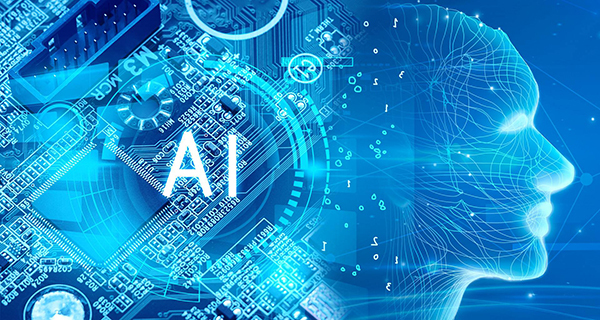Gartner predicts that by 2022, more than 80 per cent of enterprise IoT projects will include an AI component, skyrocketing up
from just ten per cent in 2019. The reasons behind this growth are clear ─ IoT devices generate vast amounts of operational data
in industrial facilities, more than we may be able to deal with. Our facilities collect information on temperature, pressure, vibration,
flow and more, all of which we could glean valuable insights from.
AI, more specifically machine learning, can simulate intelligent behaviour and learn from experience to make use of sensor data,
thus creating actionable insights from our connected devices. It’s a match made in heaven.
We are also seeing AI implemented into edge devices to create the so-called intelligent edge. For example, Banner Engineering’s
DXM Wireless Gateway Controller uses a machine learning algorithm to gain insights about the status of machines, by generating a
baseline of operation and warning and alarm thresholds.
IoT providers are updating their tools to make it easier for user to use AI at the edge. Microsoft, for example, announced Azure IoT edge,
a platform that enables low-power devices to perform AI locally, while retaining cloud connection for management and modelling. Amazon’s
Greengrass has also been updated to incorporate machine learning capabilities.
One challenge is that significant computing power and capacity is needed to process the data quickly, so networks must be built to be suitable
for AI. To do this, businesses can consider edge and cloud connectivity, scalability, availability, interoperability, bandwidth and more.
Your nervous system would be nothing without the brain. IoT too requires brainpower to work efficiently and AI is up to the job.

|
SC510 3BSE003832R1 |
|
1783-BMS10CL |
|
T8403 |
We still have a lot of PLC/DCS/TSI/ESD Module in stock, contact us quickly for prices.![]()
|
|
|
|
|
|
|
|
|
hu18030235311 |